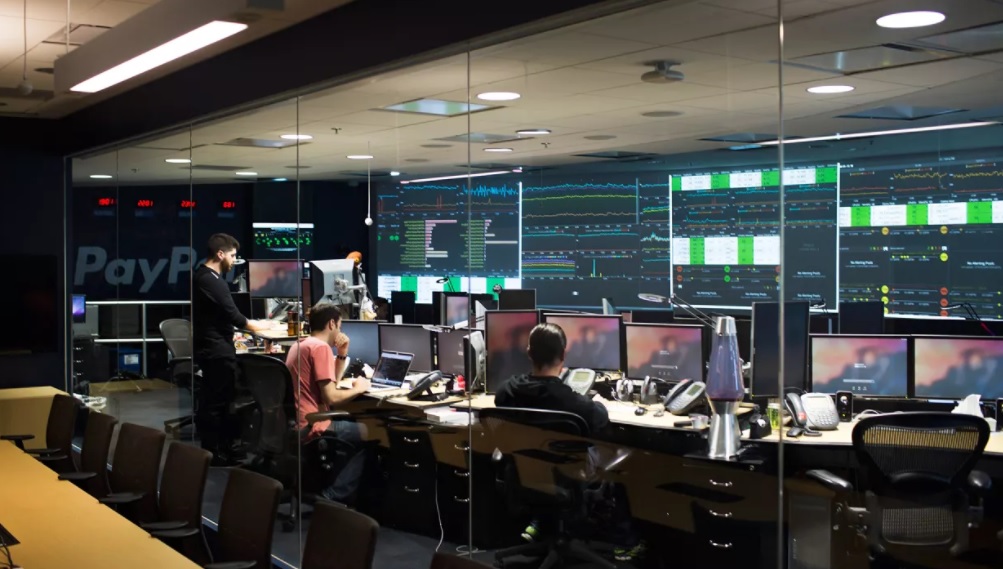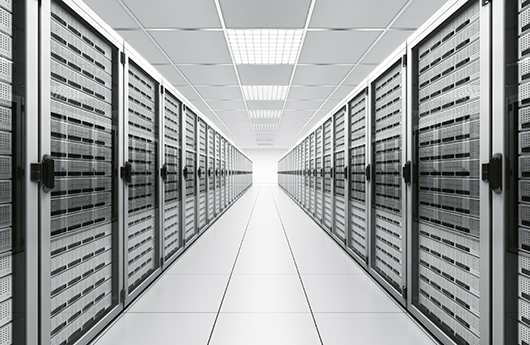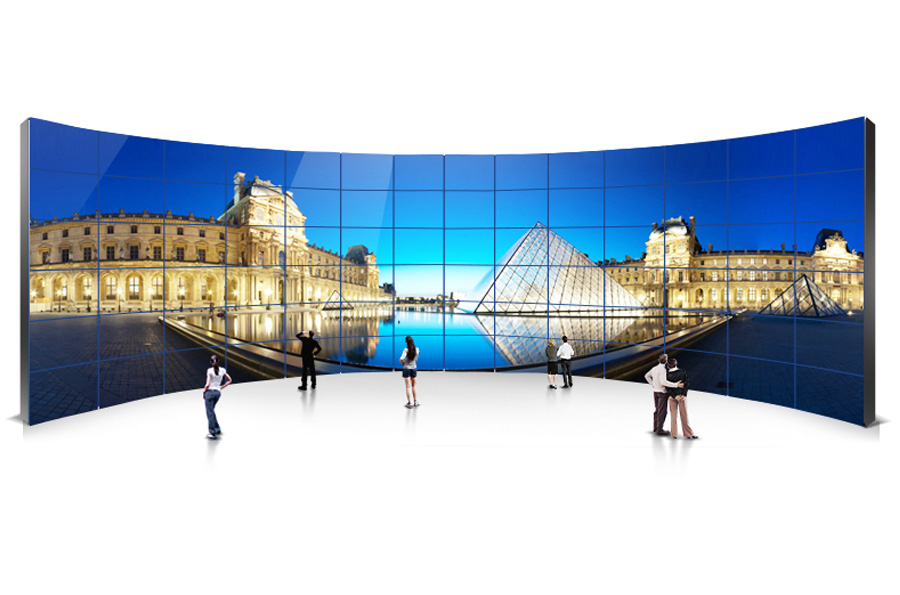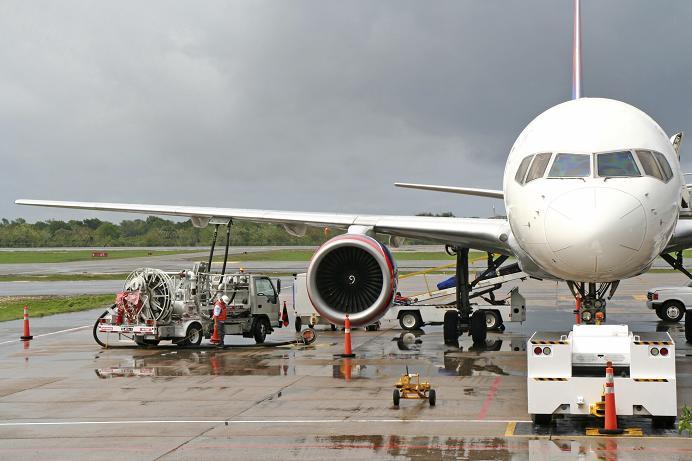Summary: Repairing your GPU without extensive knowledge on how everything works could end up with you losing the entire unit itself.
 If you’re an aviation enthusiast, chances are you own at least one ground power unit. Now, while these units are durable, long-lasting, and efficient, they’re also prone to voltage drops, short circuiting, and other detrimental mechanical effects. This is where hiring a GPU specialists may come in handy.
If you’re an aviation enthusiast, chances are you own at least one ground power unit. Now, while these units are durable, long-lasting, and efficient, they’re also prone to voltage drops, short circuiting, and other detrimental mechanical effects. This is where hiring a GPU specialists may come in handy.
First off, you have to understand that there are numerous companies that have GPU technicians. Mainly, you’ll find companies that perform a variety of maintenance services, with GPU repairs obviously being one. Be sure that you’re selecting the right company that knows what they’re doing. For instance, if you’re looking to repair a lithium twin pack battery, you’ll obviously want a technician that can handle the exact specifications and perform the right type of maintenance without causing any more harm than what’s already been done.
Step 1: Contact the Company
Be sure that you contact the company beforehand and ask them about their services. It’s always best to inquire based on the GPU model that you own. Be sure to provide them with the exact model type and name so you can verify whether or not they’re fundamentally sound when it comes to the repair process. The last thing you’ll want is to find out that your GPU is permanently damaged beyond repair because of some silly mistake that the technician made. Start Pac, one of the leading ground power unit manufacturers, can repair and inspect any ground power units that you might have and get it done the right way.
Furthermore, you’ll also want to look at prices. Does the company offer to drive out to you? Do you have to take it into a shop? What labor charges are they throwing at you? All of these things add up, so it’s necessary to only accept what you truly need out of the company so you don’t run up a high repair bill.
Step 2: Check the Reviews
With the Internet being a leader in online reviews, you’ll find any type of review that you want just by simply searching in the popular search engines. Additionally, there are various sites that rate the company with a star system and also have a separate section that showcases popular reviews from users that have used the company’s services before. It’s important that you check these reviews out so you have an idea of what you’re getting. If they don’t look too promising, you’d best keep searching for a different company as there could be a chance that you’ll kiss your GPU goodbye.






